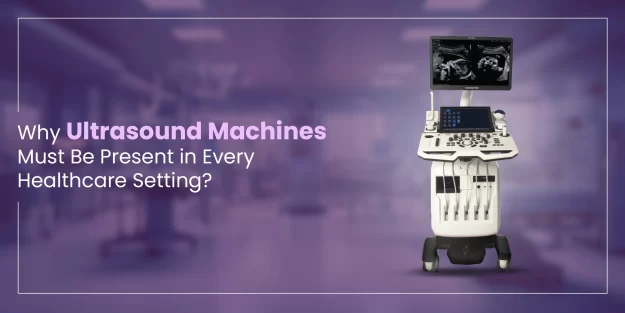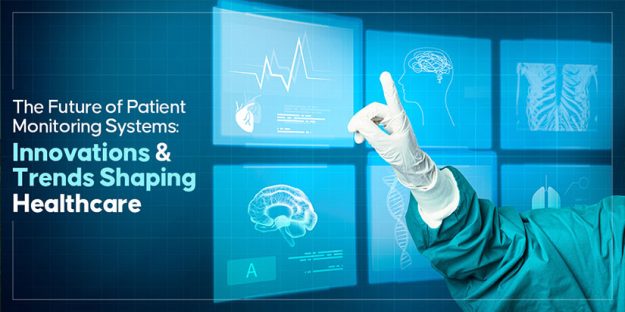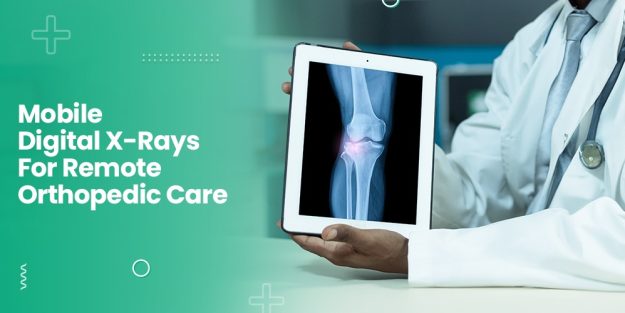Why Ultrasound Machines Must Be Present in Every Healthcare Setting?
In healthcare, early and accurate diagnosis is crucial. Ultrasound machines play a central role in this, detecting a wide array of medical concerns non-invasively. From monitoring fetal development to diagnosing cardiovascular issues, abdominal pain, organ irregularities, and soft tissue abnormalities, these devices are versatile tools that can significantly enhance patient care. Why Do We Need…











